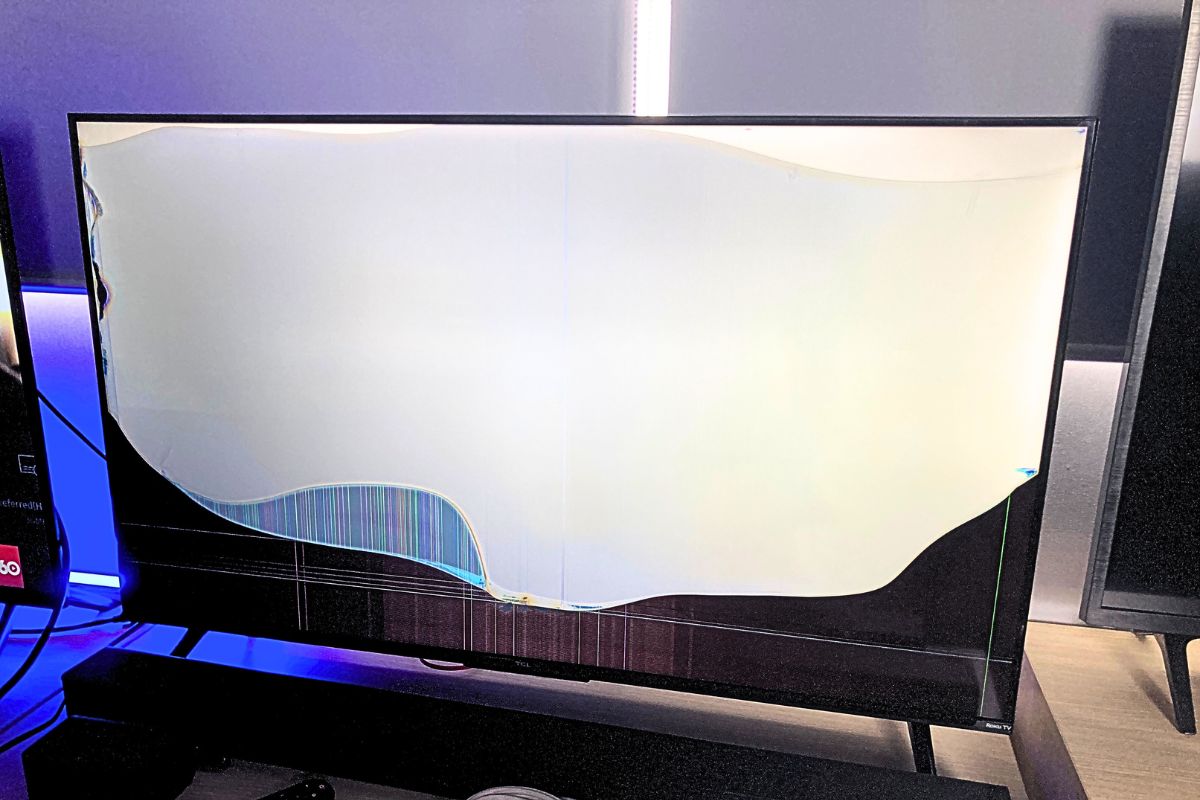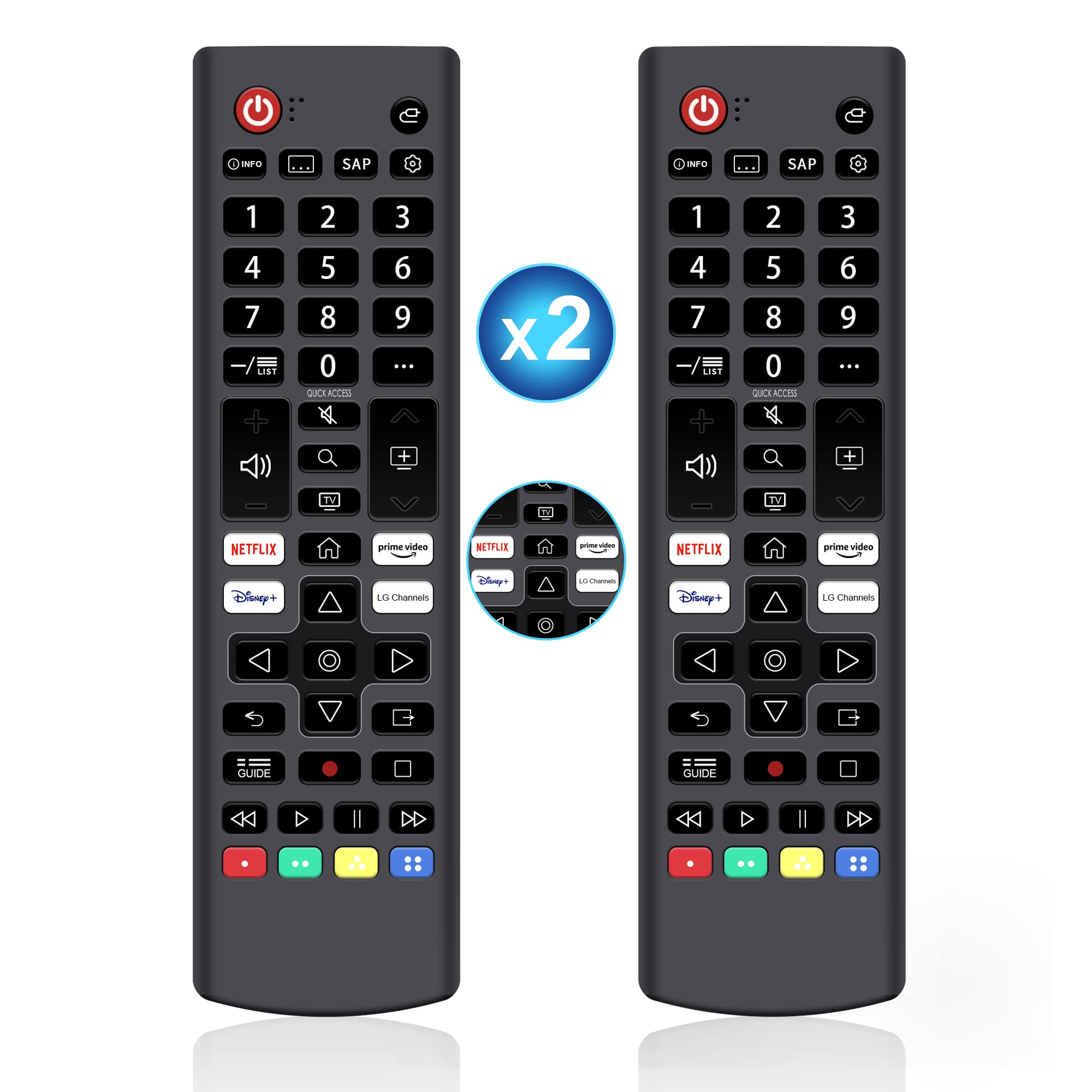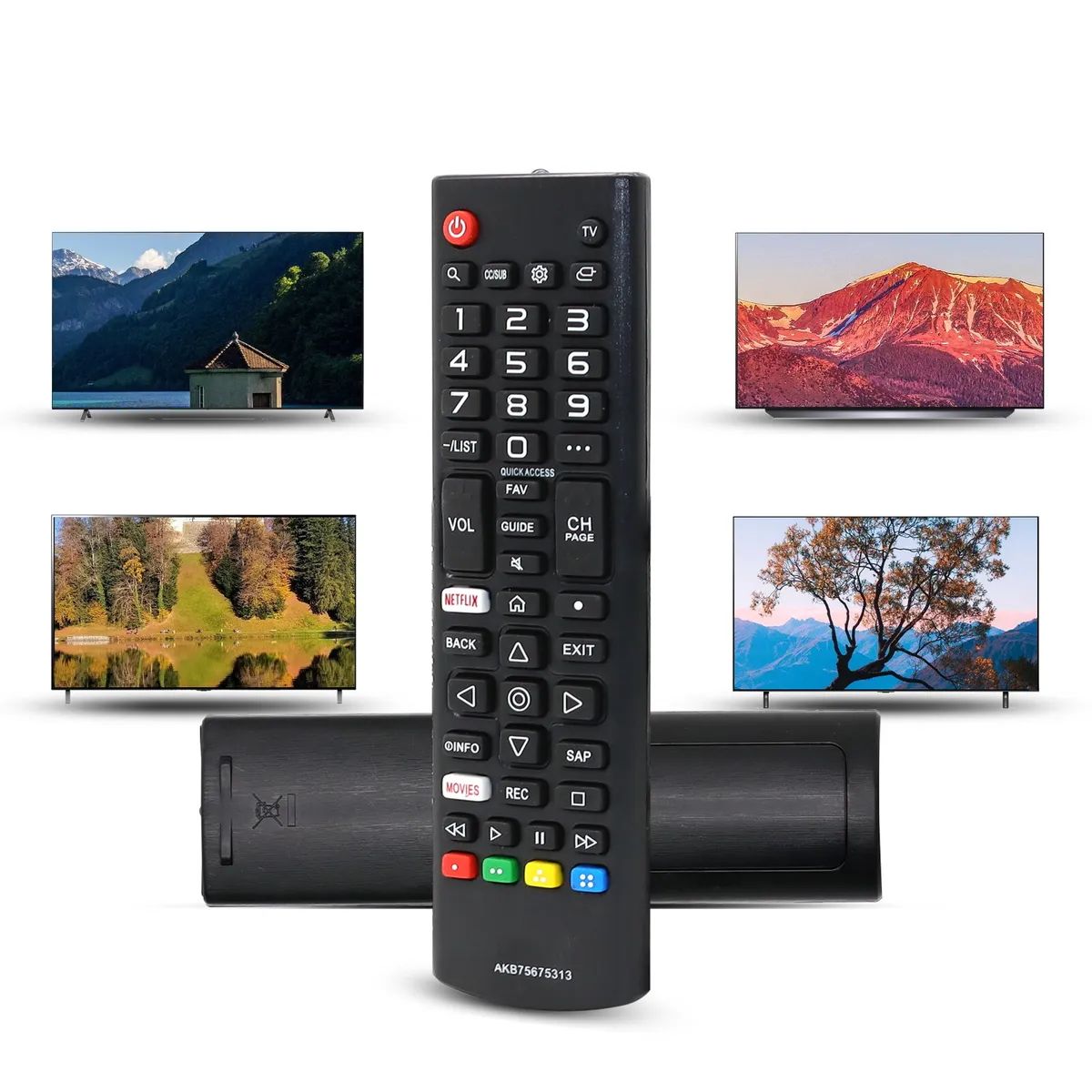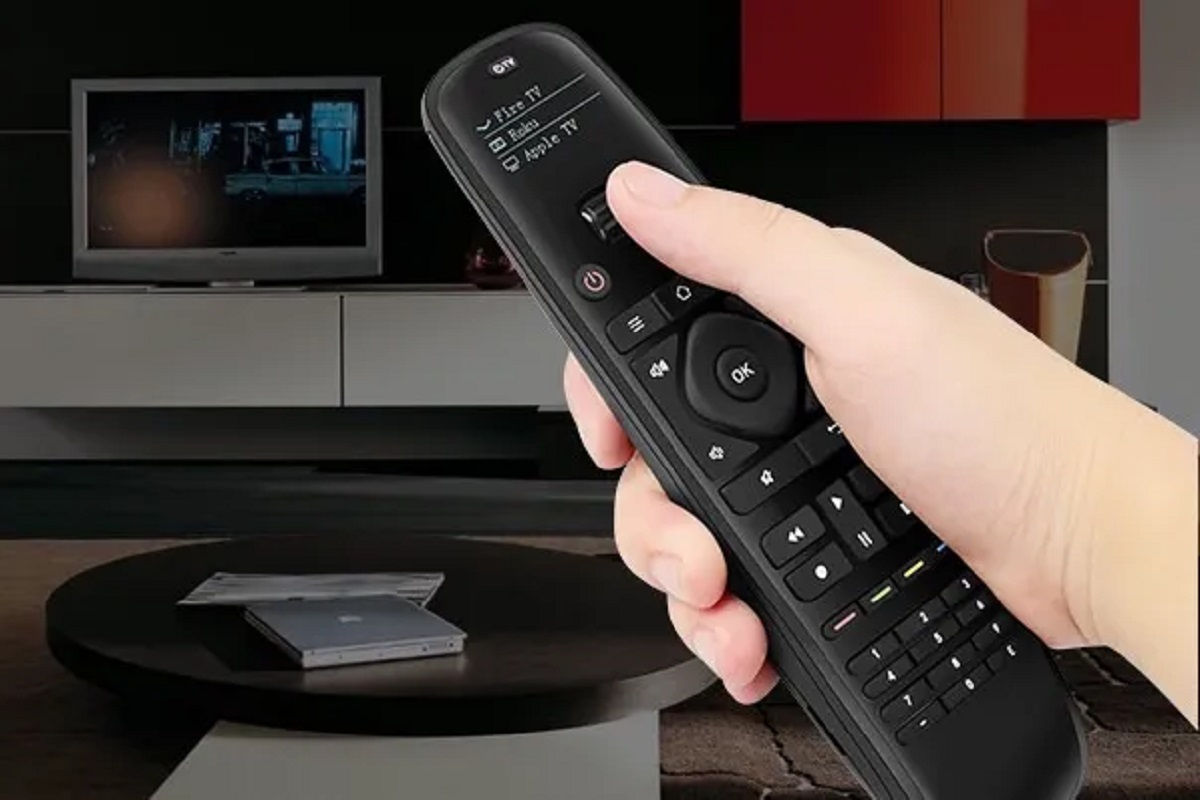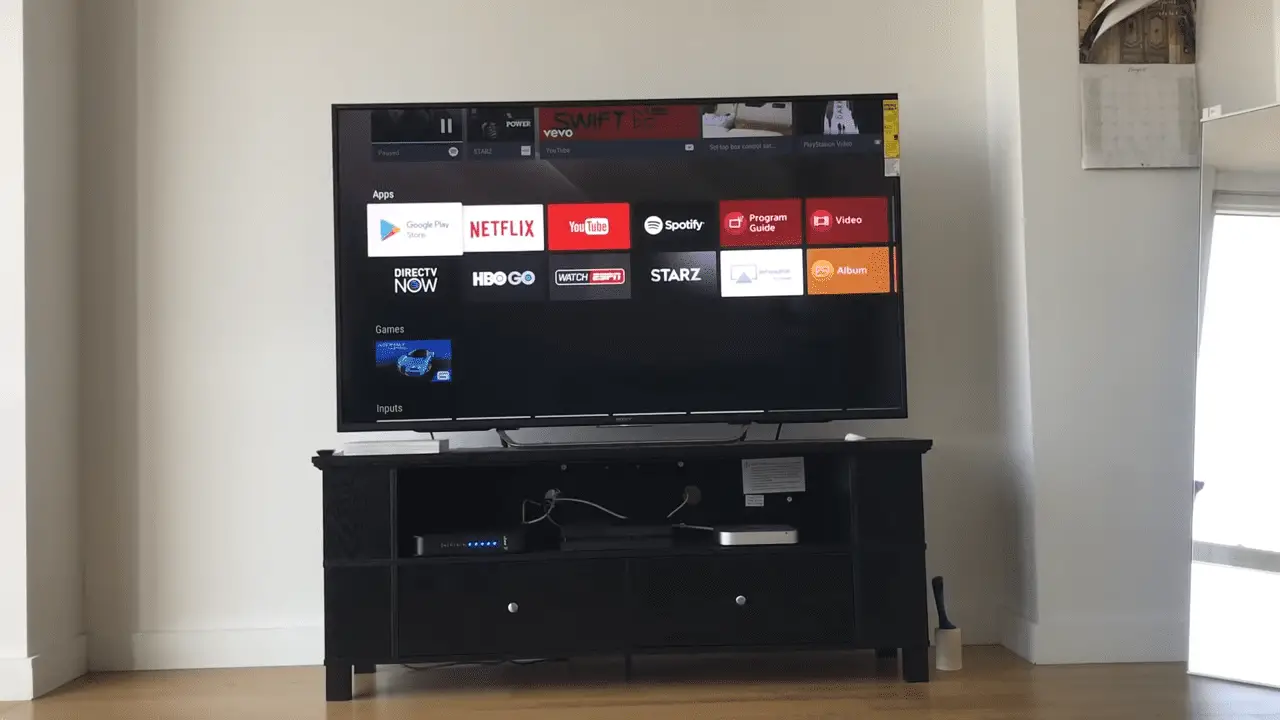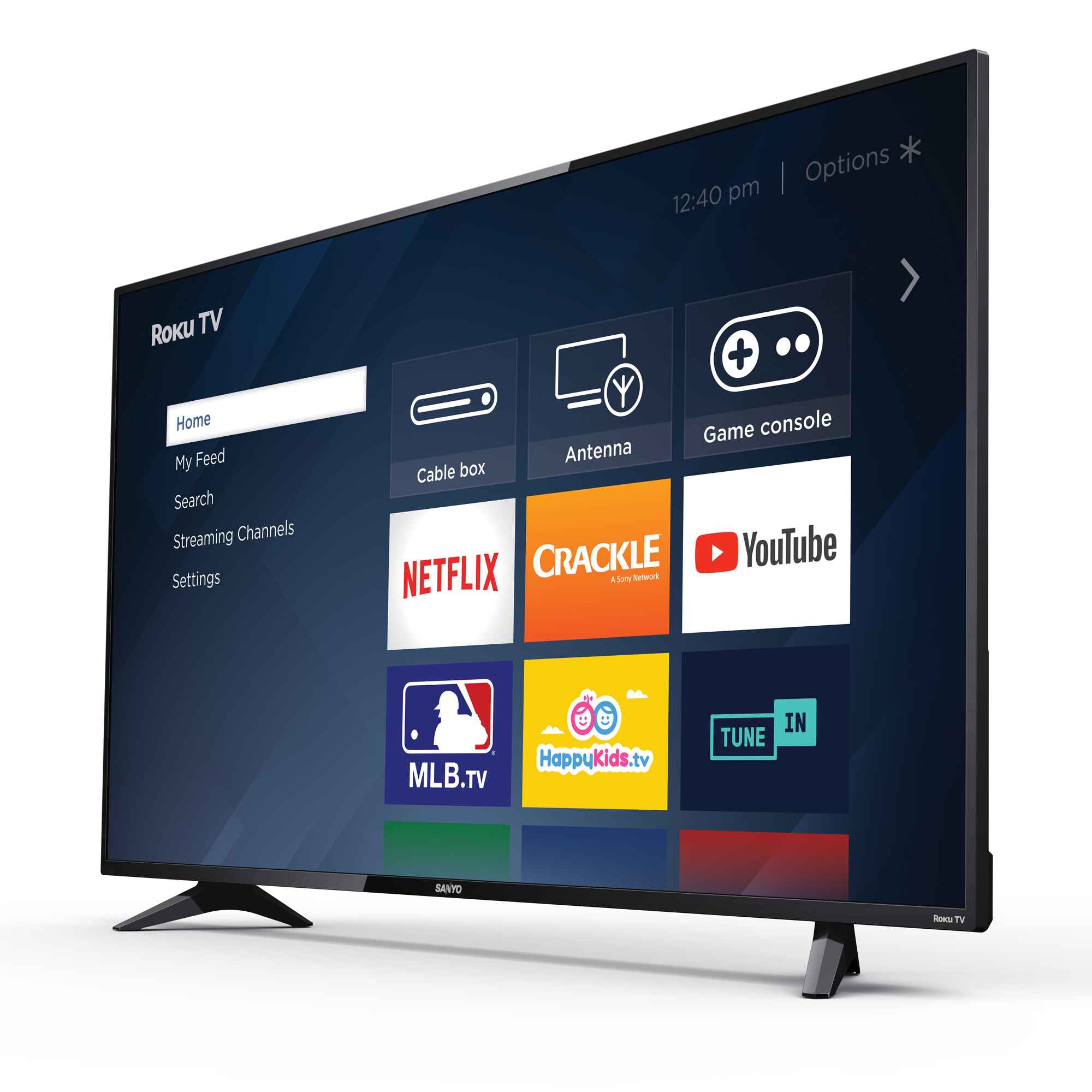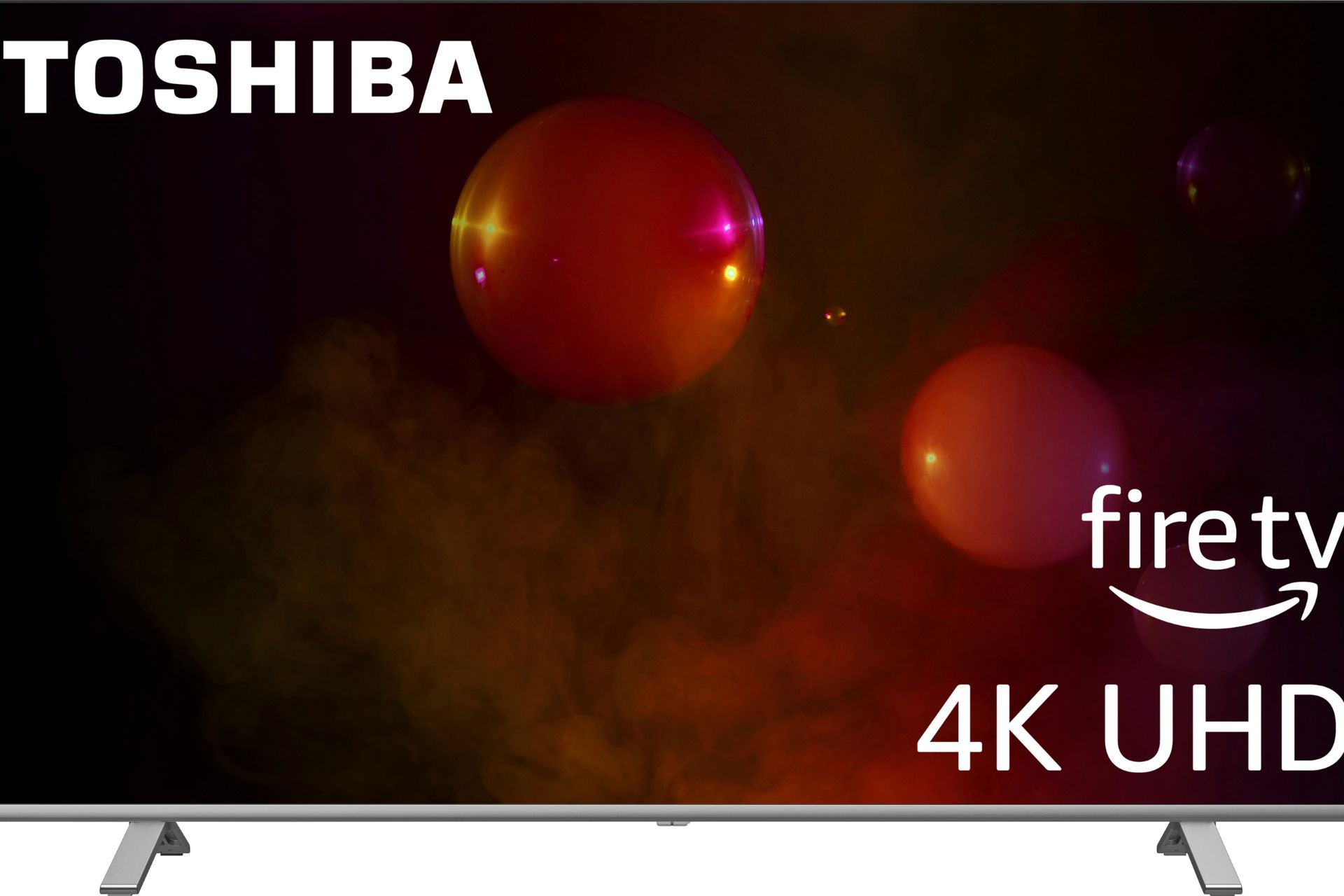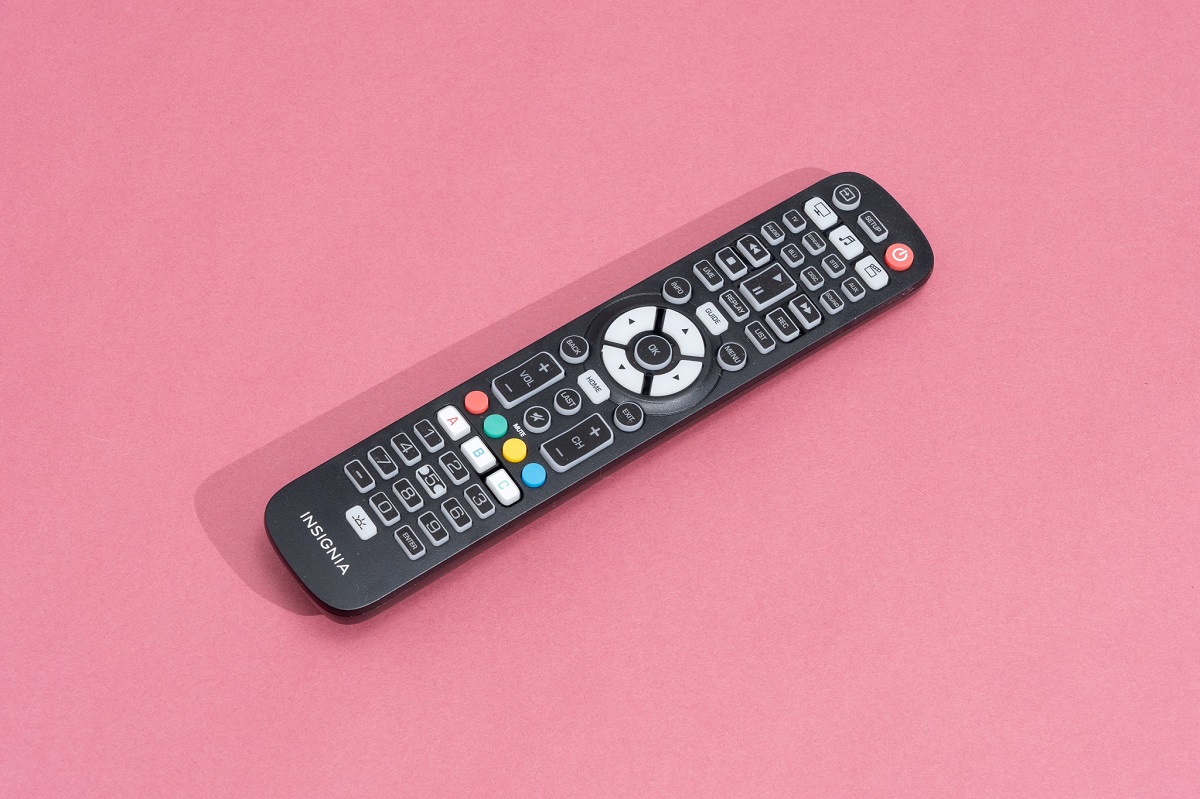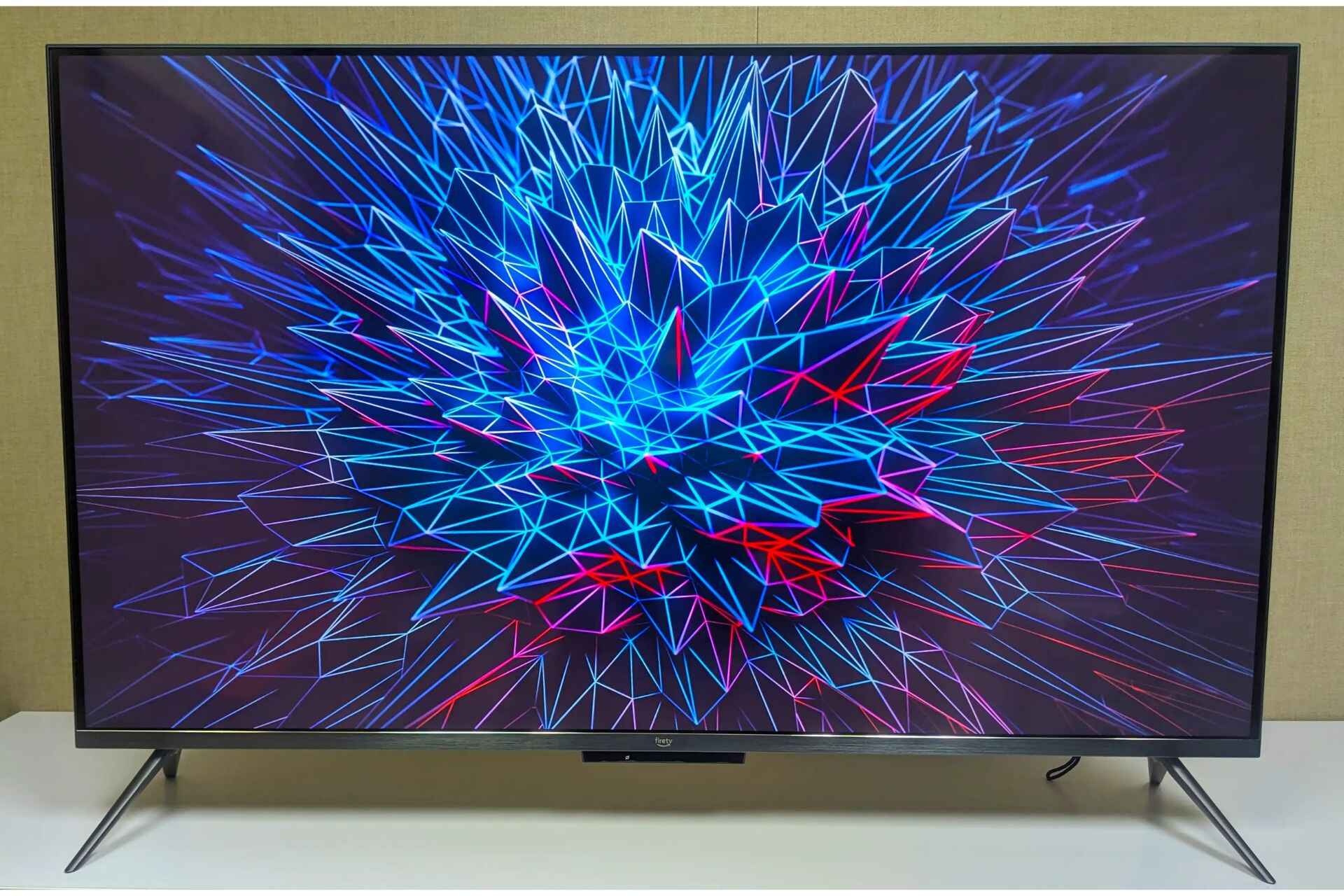Introduction
Smart TVs have become a staple in many households, providing an immersive entertainment experience. However, like any electronic device, they are prone to malfunctions and can eventually break down. When faced with a broken smart TV, it’s essential to know what options are available to make the most of it. In this article, we will explore various solutions for dealing with a broken smart TV.
As technology continues to advance, new models and features are constantly being introduced. This can leave older smart TVs outdated and incompatible with the latest software updates and streaming services. When confronted with a broken smart TV, it’s easy to feel frustrated and unsure about what to do next. However, there are several practical options to consider before resorting to the trash bin.
In the following sections, we will discuss troubleshooting tips to potentially fix the issue, getting in touch with the manufacturer for support, donating or recycling the TV, repurposing its components, attempting a DIY repair, or selling it for parts. Each option has its own advantages and considerations, so read on to find the best solution for your broken smart TV.
Troubleshooting Tips
Before giving up on your broken smart TV, it’s worth attempting some troubleshooting steps to see if the issue can be resolved. Often, minor glitches or software bugs can cause the TV to malfunction. Here are some helpful tips to get started:
- Restart the TV: Sometimes, a simple reboot can fix common problems. Unplug the TV from the power source, wait for a few minutes, and then plug it back in. Turn on the TV and see if the issue persists.
- Check the connections: Loose cables and faulty connections can result in a blank screen or distorted image. Ensure that all the cables, including HDMI, power, and audio, are securely plugged into their respective ports.
- Update the software: Smart TVs rely on software updates for improved performance and compatibility. Check for any available updates in the settings menu and install them if necessary. This can potentially fix software-related issues.
- Perform a factory reset: If the TV is experiencing persistent problems, a factory reset can help resolve them. Keep in mind that this will erase all settings and data, so make sure to back up any important files beforehand. Refer to the user manual or the manufacturer’s website for instructions on how to perform a factory reset specific to your TV model.
- Consult the user manual: The user manual provided by the manufacturer is a valuable resource when troubleshooting a smart TV. It contains instructions, troubleshooting guides, and tips for common issues. Check the manual for specific solutions tailored to your TV model.
If the troubleshooting tips mentioned above do not fix the problem or the issue is beyond your technical expertise, it might be time to explore other options. Don’t be disheartened, as there are still plenty of options available for dealing with a broken smart TV, which we will discuss in the following sections.
Contact the Manufacturer
If your attempts at troubleshooting your broken smart TV have been unsuccessful, it’s worth reaching out to the manufacturer for assistance. Most reputable manufacturers provide customer support services to help resolve issues with their products. Here’s how you can contact the manufacturer:
- Visit the manufacturer’s website: Start by visiting the official website of the smart TV manufacturer. Look for a “Support” or “Contact Us” section, which should provide information on how to get in touch with their customer support team.
- Call the customer support hotline: Many manufacturers have dedicated helplines staffed by knowledgeable representatives who can guide you through troubleshooting steps, provide solutions, or advise on repair options. Search for the customer support hotline number on the manufacturer’s website or on the packaging of your smart TV.
- Send an email: If you prefer written communication, check if the manufacturer offers an email support option. Compose a detailed email explaining the issue and include any relevant information such as the model number, purchase date, and any troubleshooting steps you have already taken. Be sure to provide your contact information so that they can get back to you.
- Utilize online support resources: Some manufacturers provide online support resources, such as FAQs, troubleshooting guides, and user forums. Browse through these resources to see if you can find a solution to your smart TV problem. You may also have the option to submit a support ticket online.
- Consider warranty coverage: If your smart TV is still under warranty, contact the manufacturer to check if the issue is covered. Depending on the terms of the warranty, they may offer a free repair or replacement. Be sure to have your proof of purchase or warranty documents handy when contacting them.
Remember to provide the manufacturer with accurate information about the issue you are facing and any troubleshooting steps you have already tried. Their customer support team will be better equipped to assist you and provide guidance on the next steps to take. Let’s move on to the next section to explore other options for dealing with a broken smart TV.
Donate or Recycle
If your broken smart TV cannot be repaired or if you’re simply looking to upgrade to a newer model, consider donating or recycling it. This allows you to responsibly dispose of the TV while potentially benefiting others or minimizing environmental impact. Here are the options to consider:
- Donate to a charitable organization: Many charitable organizations, including schools, community centers, and non-profit organizations, accept donations of electronics. Research local organizations or educational institutions in your area to see if they have a need for a smart TV. Donating your TV can help provide entertainment and educational opportunities to those in need.
- Explore electronics recycling programs: Electronic devices, including broken smart TVs, should be recycled to prevent environmental pollution and promote the recovery of valuable materials. Check with your local municipality or electronic recycling centers to find out where you can safely dispose of your TV. These centers often have specialized processes in place to ensure electronic waste is handled responsibly.
- Take advantage of manufacturer or retailer recycling programs: Some smart TV manufacturers or retailers have recycling programs in place. They may offer incentives or discounts for recycling your old TV when purchasing a new one. Check with the manufacturer’s website or contact local retailers to inquire about any such programs.
- Consider trade-in or buy-back programs: Some retailers offer trade-in or buy-back programs for electronic devices, including smart TVs. These programs allow you to exchange your broken TV for a discount on a new purchase or receive store credit. Research online or contact retailers to see if they have such programs available.
By donating your broken smart TV or recycling it properly, you can contribute to reducing electronic waste and potentially provide someone else with a usable device. It’s a great way to give back to the community and take a step towards a more sustainable future. In the next section, we will explore how you can repurpose the components of your broken smart TV.
Repurpose the Components
When faced with a broken smart TV, another option to consider is repurposing its components. While the TV may not be functional as a whole, the individual parts and components can still have value and be used for other purposes. Here are some creative ways to repurpose the components of your broken smart TV:
- Reuse the display panel: The display panel of a smart TV can be repurposed as a monitor or digital picture frame. By connecting it to a compatible device, such as a computer or Raspberry Pi, you can bring new life to the display and use it for various purposes, such as gaming or displaying photos.
- Extract the speakers: If your smart TV’s speakers are still in good condition, consider taking them out and repurposing them for other audio projects. You can connect them to a computer, amplifier, or Bluetooth receiver to enhance the sound quality for your music, movies, or gaming setup.
- Harvest the internal storage: Smart TVs typically come with built-in storage. If your TV’s storage is still functional, you can remove it and repurpose it for other devices, such as a media server or external hard drive. Make sure to securely wipe any personal data before repurposing the storage device.
- Utilize the remote control: Often, the remote control of a broken smart TV is still in working condition. You can keep it as a spare remote or reprogram it to work with other devices in your home, such as a set-top box, sound system, or streaming device.
- Repurpose the TV stand or mount: If your smart TV came with a stand or wall mount, consider repurposing it for other home entertainment setups or even as a holder for other devices, such as tablets or smartphones.
By repurposing the components of your broken smart TV, you can give them a second life and potentially save money on purchasing new devices. It’s a great way to exercise creativity and reduce electronic waste. In the next section, we will explore the option of attempting a DIY repair for your broken smart TV.
DIY Repair
If you have some technical skills and a desire to fix things on your own, attempting a DIY repair can be a viable option for your broken smart TV. Keep in mind that DIY repairs can be challenging and may void any remaining warranty. It’s important to assess the problem carefully and determine if it’s something within your capabilities. Here are some steps to consider when attempting a DIY repair:
- Identify the issue: Start by diagnosing the problem with your smart TV. Research common issues that occur with your specific TV model and look for symptoms that match your TV’s behavior. This will help you narrow down the potential causes and find appropriate solutions.
- Research the repair process: Once you have identified the issue, search for repair guides, tutorials, or online forums relevant to your TV model. Many manufacturers provide documentation or video guides that can help you understand how to disassemble and repair specific components.
- Gather the necessary tools and parts: Before you start the repair, make sure you have the required tools and replacement parts. Common tools might include screwdrivers, pliers, and a multimeter for testing electrical connections. Replacement parts can be purchased from online retailers or specialized electronics stores.
- Take proper safety precautions: Working with electronic devices involves certain risks, such as electric shock. Ensure that the TV is unplugged and disconnected from any power source before attempting any repairs. If you’re unsure about any aspect of the repair process, consider consulting a professional or experienced technician.
- Proceed with caution: Follow the repair guide or tutorial carefully, paying attention to detail. Take your time and be patient during the disassembly and reassembly process. Keep track of screws, connectors, and cables, ensuring they are properly reattached when putting the TV back together.
- Test and troubleshoot: After completing the repair, power on the TV and check if the issue has been resolved. If the TV still has issues or if new problems arise, consult the repair guide again or seek assistance from online communities or professional technicians.
It’s important to note that DIY repairs can be complex, and there is a risk of causing further damage if not done properly. If you are not comfortable or confident in your abilities, it’s best to seek professional help. In the next section, we will explore the option of selling your broken smart TV for parts.
Sell for Parts
If your broken smart TV is beyond repair or if you have exhausted all other options, selling it for parts can be a way to recoup some of the value. Many enthusiasts and repair professionals are constantly on the lookout for spare parts to fix other devices or TVs of the same model. Here’s how you can sell your broken smart TV for parts:
- Assess the salvageable components: Determine which parts of your smart TV are still functional and can be sold separately. Common components that hold value include the display panel, speakers, power supply unit, circuit boards, and remote control.
- Take clear and detailed photos: Capture high-quality photos of the individual components you intend to sell. Make sure the photos clearly show any brand or model markings and highlight any signs of wear or damage.
- Research online marketplaces or forums: Look for online platforms or forums that specialize in buying and selling electronics components or specifically cater to TV repair professionals. Popular platforms include eBay, Craigslist, or dedicated electronics forums.
- Create a compelling listing: When creating the listing, provide accurate descriptions of the components you’re selling, including their condition and any known issues. Mention compatibility with specific TV models if applicable. Set a fair price based on the condition and market value of the parts.
- Handle transactions carefully: Once you find a potential buyer, communicate openly and honestly about the parts and the terms of the transaction. Ensure that both parties agree on the price, shipping method, and any additional fees or conditions. Safely package the parts for shipping, and consider using a reliable shipping service with tracking.
- Follow up and maintain a positive reputation: After the transaction, make sure to provide excellent customer service and promptly address any concerns or issues that may arise. Building a positive reputation as a reliable parts seller can lead to more potential buyers in the future.
Selling your broken smart TV for parts not only helps you recoup some of the cost but also assists others in repairing their TVs more affordably. It’s a win-win situation that allows the components to be repurposed and reduces electronic waste. As a final note, remember to securely wipe any personal data from the TV before selling it to protect your privacy.
Conclusion
When faced with a broken smart TV, it’s reassuring to know that there are several options available to make the most of the situation. From troubleshooting and contacting the manufacturer for support to donating, recycling, repurposing components, attempting a DIY repair, or selling it for parts, each option presents a unique solution to deal with a broken TV.
Starting with troubleshooting tips can sometimes resolve the issue and save you the hassle of pursuing other alternatives. Contacting the manufacturer for help is another viable option that can provide professional guidance and potential warranty coverage. If the TV is beyond repair, donating or recycling it ensures responsible disposal while benefiting others or minimizing environmental impact.
For those who are tech-savvy and creative, repurposing the components of the broken TV opens up new possibilities. From reusing the display panel as a monitor or digital picture frame to repurposing speakers or extracting internal storage, there are countless ways to give the components a second life.
If you have the necessary skills and tools, attempting a DIY repair can be a rewarding option. However, it’s crucial to understand the risks and limitations involved. Selling the broken smart TV for parts is also a practical solution that can help recoup some value and assist others in their repair endeavors.
Remember to make informed decisions based on your situation, capabilities, and preferences. Consider factors such as cost, time investment, and environmental impact when deciding on the best course of action for your broken smart TV. By exploring these different options, you can ensure that your broken smart TV doesn’t end up as unnecessary waste and instead find a purposeful use.







